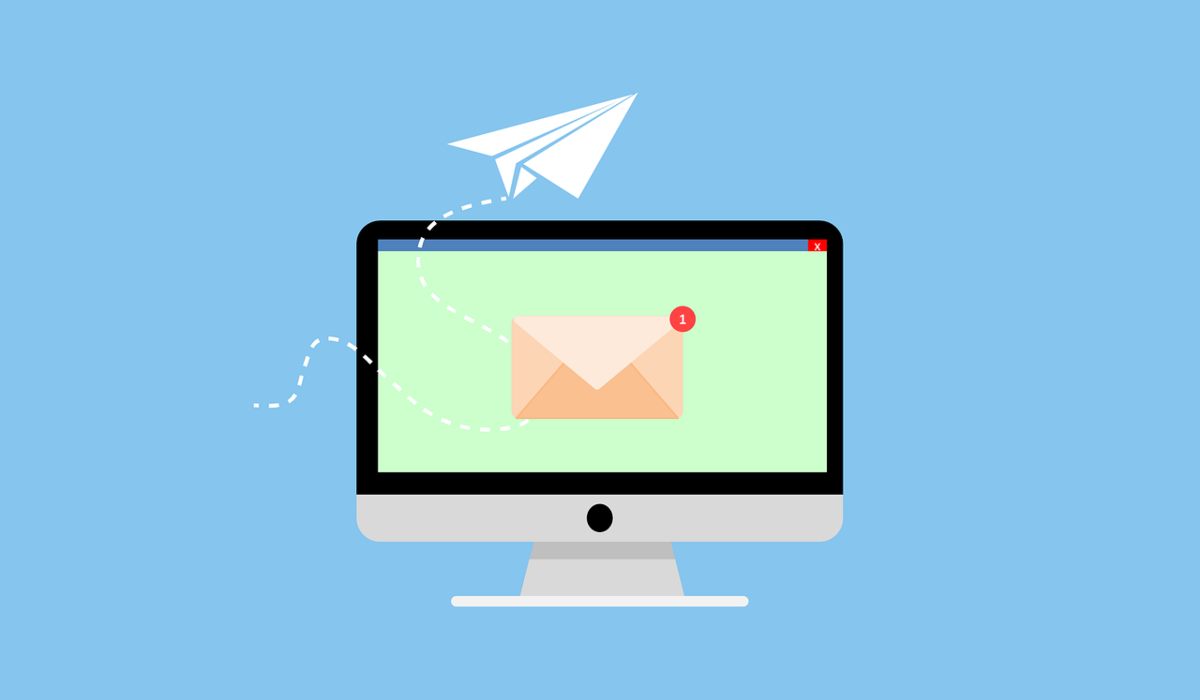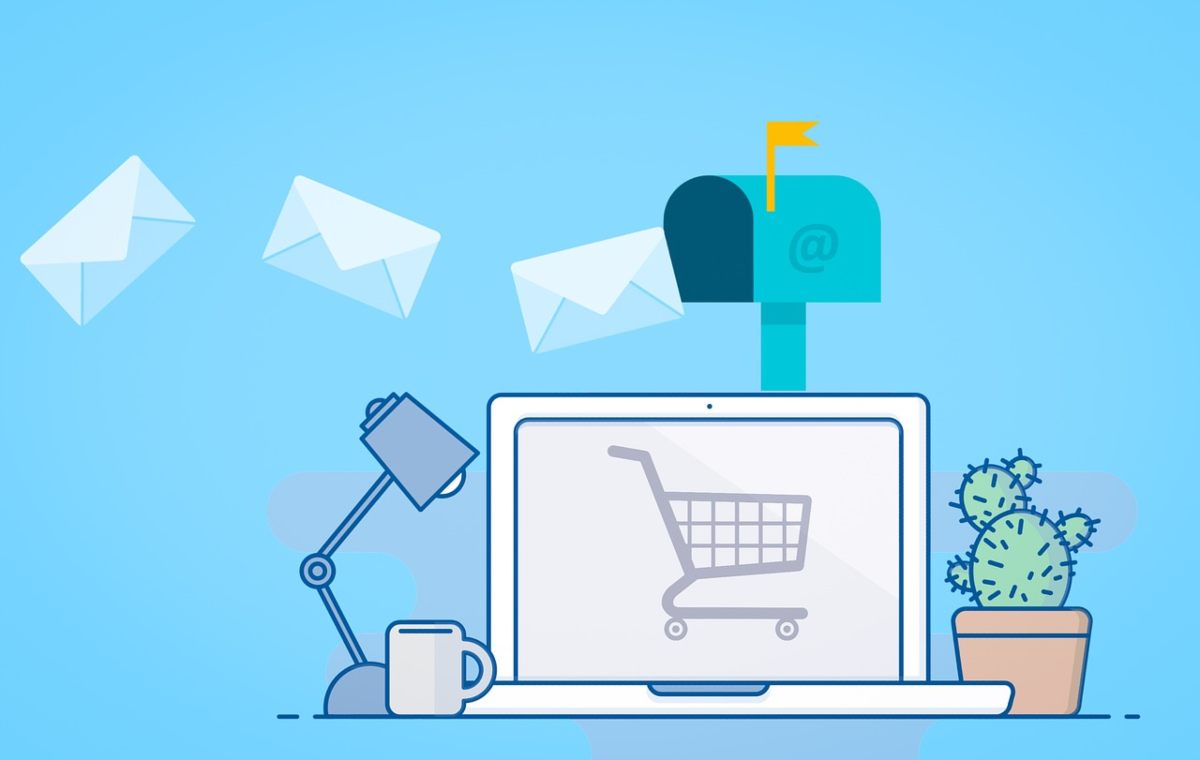Articles

5 exciting business events in Barcelona this May
16 de April de 2024

It is not easy to take care of plants. From the moment you plant the seed in a pot, a whole ecosystem around it starts developing. Something similar happens to the strategies we apply to our business. But it is easier to monitor the performance of the latter — and even check if it’s working right. Vigilance, care and, mostly, respecting personal space are fundamental aspects.
In recent years, a technique called email marketing has become all the rage and, even if it may seem like a strategy that’s been around for a long time, it’s a more sophisticated method and with many more sides to it than a simple email subscription.
Spam and emails have been linked to each other since their inception. A person receives around 121 emails per day, according to the most recent study by The Radicati Group. In contrast, they send way less than they receive: around 40. Experts are warning that the number of emails we receive will increase exponentially in coming years due the increased use of email platforms both for work and for advertising.
As new brand strategies have developed, email sending has refined. Email marketing is the use of specialised tools —MailChimp, for example— to communicate with a specific client portfolio.
There are big success cases in the use of email marketing campaigns. One of the most famous ones is the advertising campaign and the emailing of offers by Uber Eats. They managed to get the subscription of thousands of users to their company thanks to the emphasis made when downloading the app and the multiple advantages you would get from it. Another great campaign is Duolingo’s, which encourages users to take back language lessons with a clear call to action and with visual elements that reinforce the message. The daily use of email platforms combined with the high ROI (return on investment) promise great success.
It’s a consumer direct communication channel that allows us to segment the audience more precisely. Its main goal is to send news and offers to those users interested in our brand. It will do no good to send unfiltered messages because the ROI would be minimal. It may seem like an invasive measure, but it isn’t; for the simple reason that users accept receiving these communications.
You should consider this strategy as one of the most economic and most profitable out there. With a minimum investment we can obtain a ROI of up to 4,300%, as Syndacast‘s study shows.
Under the wing of email marketing, we’ll find newsletters. And, although they may seem similar, they are two different concepts. They use the same channel to send messages, but they don’t pursue the same goals, nor do they coincide in the frequency, purpose and group at which they are aimed. Segmentation of the audience is essential.
Other types of actions that are part of email marketing are the promotional email (used to present offers or new content), seasonal emails (taking advantage of any major holiday in order to offer value to your users), re-engagement emails (a series of emails sent to inactive subscribers) or the welcome email (congratulations, you’ve got a new subscriber; increasing value can be fundamental to build some familiarity and establish the commercial relation). All these types of email campaigns have different mailing frequencies, chase different goals and offer different content.

With all this information at hand, the next important step is to start designing a good email marketing strategy. Recipients have agreed to receive notifications whenever there’s some news they might be interested in — so we shouldn’t overuse these communications. We must always consider whether the subject is as important as to notify our users.
Before launching your campaign, you will have to consider a series of factors for the design of your strategy and plan the mailout schedule.
Remember that, without the explicit authorisation of your users, you cannot make use of this email marketing strategy. Try to get it through pop-up messages, offering personalised content and offers in exchange of their information.

An innovative and powerful programme, with a practical and professional orientation that addresses strategic and operational aspects in order to design and manage the digital transformation that is required by the current market and the increasingly changing and demanding audiences.
Request info
Email marketing is one of the most used strategies in recent times. It helps you approach clients more personally, turning these types of communication into an important part of any business. Remember that is one of the formulas with the higher ROI and it is very cheap!